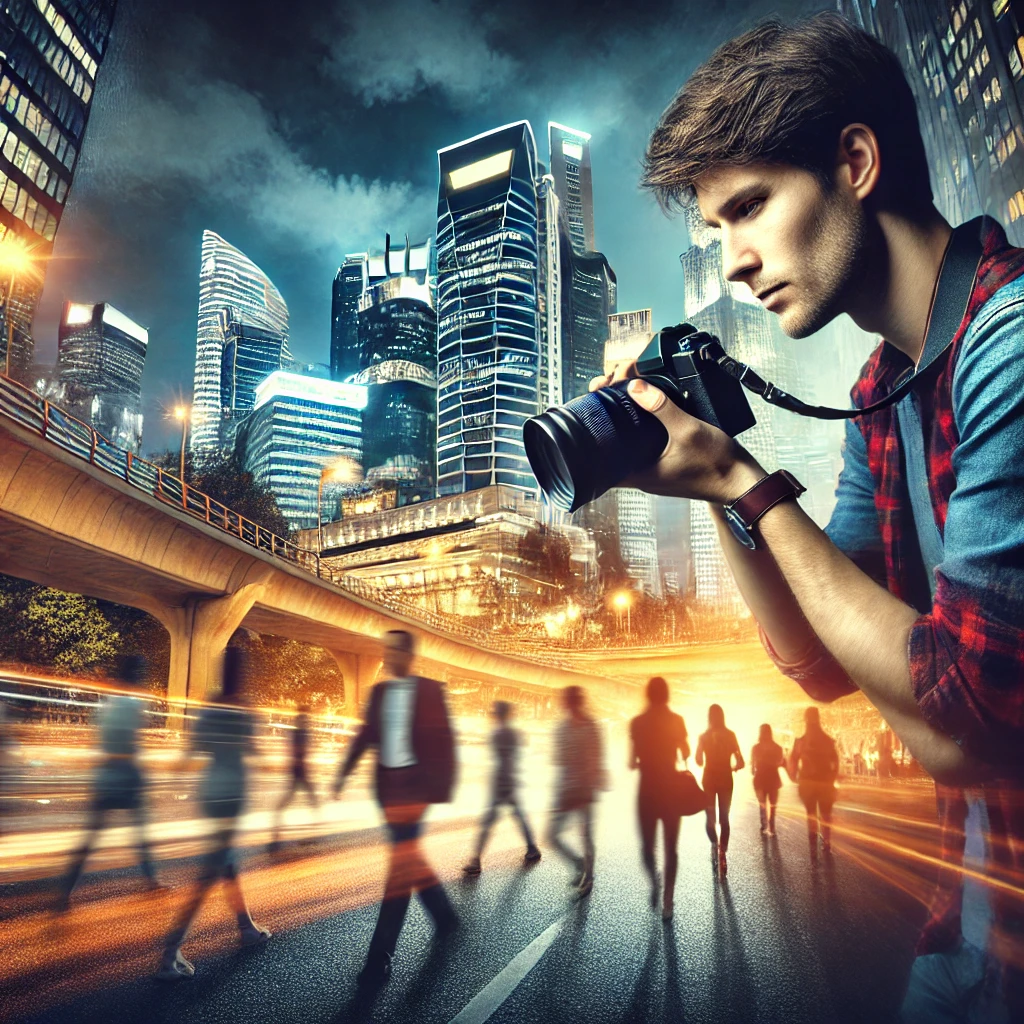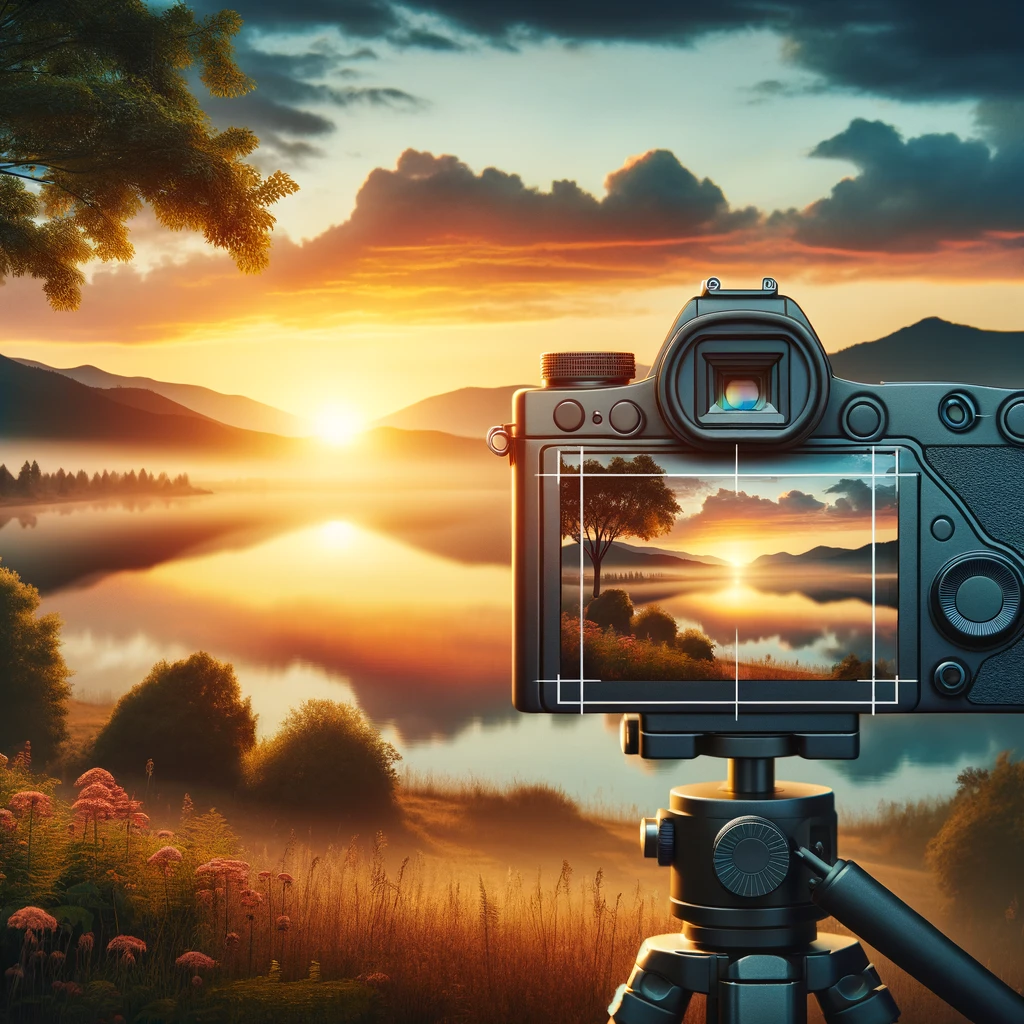Photography as Timeless Art
Why Photography is an Artform That Will Not Go Away
In an age of rapid technological advancements and fleeting trends, few art forms have maintained their relevance and impact like photography. From its invention in the 19th century to its evolution in the digital era, photography has proven itself to be an enduring and transformative medium. Here are some compelling reasons why photography is an art form that will never fade away.
.

1. The Power to Capture Time
Photography has a unique ability to freeze a moment in time. Unlike other art forms that often rely on interpretation and recreation, photography captures reality as it is. A photograph can immortalize emotions, environments, and experiences, giving people a tangible connection to the past. As long as humans value memories, photography will remain a vital means of preserving them.
2. A Universal Language
Photography transcends linguistic and cultural barriers. A single image can convey emotions, tell stories, and provoke thought in ways that words cannot. Whether it’s a portrait that reveals a person’s essence or a landscape that evokes awe, photography speaks a language everyone can understand. Its universal appeal ensures its relevance across time and borders.
3. The Intersection of Technology and Creativity
Photography continually evolves alongside technology, making it an ever-relevant art form. From film cameras to digital SLRs and now to smartphones, each advancement opens new doors for creativity. Features like AI-powered editing and computational photography are not replacing artistry—they are enhancing it. As technology grows, so does photography’s potential for innovation.
4. Storytelling at Its Core
At its heart, photography is about storytelling. A single photo can capture the essence of an event, a person, or even a societal movement. Think of iconic images like the first moon landing or the fall of the Berlin Wall—photos that have shaped how we perceive history. As long as stories need to be told and shared, photography will remain a critical tool for expression.
5. Accessibility and Democratization
Unlike many other art forms, photography is highly accessible. Anyone with a camera—or even a smartphone—can participate. This democratization of the medium ensures that it evolves with new voices, perspectives, and ideas. From social media platforms to art galleries, photography has become an inclusive space where anyone can showcase their vision.
6. Emotional Resonance
Photography’s ability to evoke emotions is unparalleled. A well-composed image can make you laugh, cry, or even change your perspective. Whether it’s a touching family portrait or a harrowing photojournalistic capture, photography connects with people on a deeply emotional level. This resonance ensures its lasting significance.

Conclusion
Photography is far more than a tool or a trend—it is a timeless art form that captures life, tells stories, and inspires emotions. Its adaptability, accessibility, and universal appeal guarantee its place in the cultural and artistic landscape for generations to come. As long as there are moments to preserve, stories to tell, and emotions to evoke, photography will remain an irreplaceable part of human expression.










